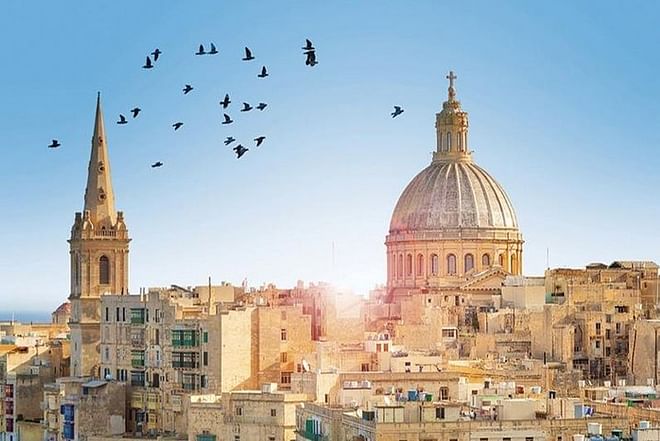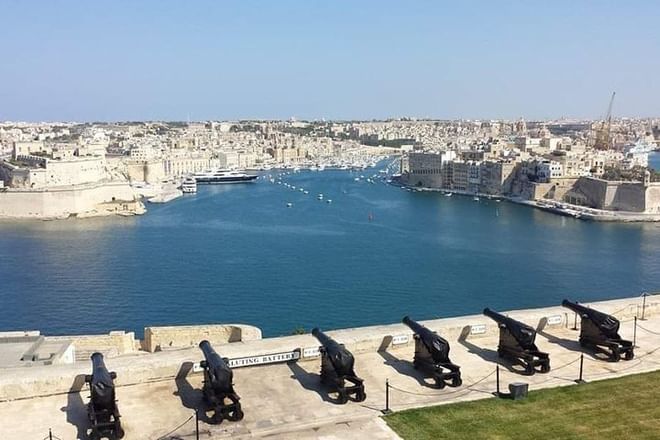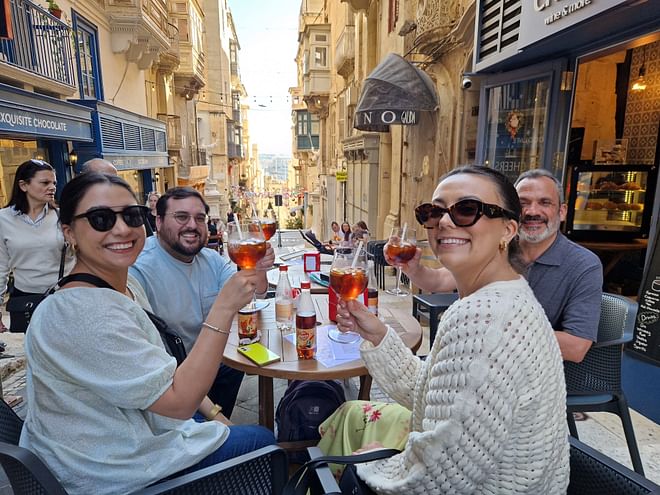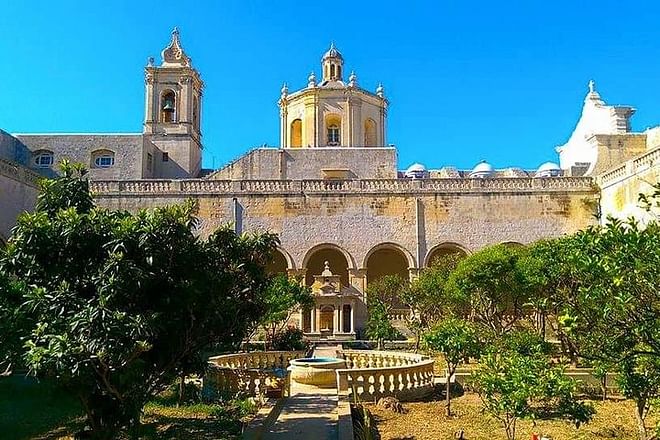Malta is famous for its wealth of natural spaces but is also rich in food, with authentic liqueurs like nopal (prickly pear liqueur), art, with its filigree jewellery, and cultural traditions. So read on to find out what you should buy while you’re exploring the country.
Food and drink
Qubbajt
This is one of the most popular confections in Malta; it’s always served after a meal and is given to children at important traditional festivals. It’s made from almonds, hazelnuts, sugar, egg, and honey.
It’s easy to find in traditional shops and either comes in a round, bread-like shape, or in a rectangle. It’s also served in cafés and restaurants with tea or as a dessert.
Gbejna cheese
This cheese is typical to Gozo Island but can now be found across the whole archipelago. In fact, it’s sold in traditional shops, street stalls and vegetable stands. It’s made from sheep’s milk, rennet, and salt.
Gbejna was made from unpasteurised milk up until the 20th century and was blamed for what was known as ‘Malta fever’, a disease that was actually brucellosis.
Gbejna cheese can be flavoured with garlic, sundried tomato, and chilli, and is great to eat in salads or with olive oil.
Prickly pear liqueur
Prickly pear liqueur is made from the fruit of the Barbary fig or prickly pear plant, which grows across the whole island but originally came from the Americas. The drink was first made in the 18th century by Giuseppe DeMajo, a Knight of Malta, and his recipe is still used to produce the liqueur by artisan methods today. The most famous is bajtra, which is 25% ABV.
Bajtra blends alcohol produced by sugar fermentation with the sugar itself, herbs and honey and it has a truly special flavour. The liqueur is drunk before and after eating, as a digestif, but is also mixed with lemon or orange juice.
Maltese wine
Wine has been produced in Malta since Roman times but the first big wineries, Marsovin and Delicata, weren’t established until the 20th century; both can now be visited and run wine-tasting sessions.
The two local grape varieties are Gellewza (red) and Ghirghentina (white) but other international grapes such as Cabernet Sauvignon and Merlot are also grown.
Maltese wines improve in quality with each year that passes and now compete in Europe; an important wine fair is also held each September in Qormi and is attended by numerous important wineries.
Filigree jewellery
Malta is famous for the filigree pieces made by its master jewellers who produce magnificent creations in the finest gold and silver thread. One of the most typical filigree jewellery pieces made here is the Malta Cross, an emblem that was originally used on the shields of the Knights of Malta. The symbol has now leaped from decorating the country’s shield to featuring in the finest earrings, necklaces, and brooches. For centuries, the symbol of the cross was used as protection against pain and suffering.
Limestone
This is one of the most commonly used types of stone in cities across Malta and is also a popular material for the decorative items you’ll find in souvenir shops.
Any object made of limestone, with its characteristic earthen colour, is perfect to pop in your suitcase as a reminder of what cities like Mdina look like. You could choose a vase decorated with typical Maltese motifs, or cooking utensils.

Ceramics
Maltese ceramics have their own colour code and use a broad, Mediterranean palette that makes these goods a cheerful and typical reminder of your visit to Malta. You’ll see lots of brightly coloured tiles in the shops and also souvenirs decorated with luzzu, the country’s traditional and colourful boats, and also the eyes of Osiris, which were painted on the boats for protection.
Other popular items are painted plates, which can be used for both decoration and eating, and kitchen utensils in a variety of colours to create your own special tableware at home.




















































































